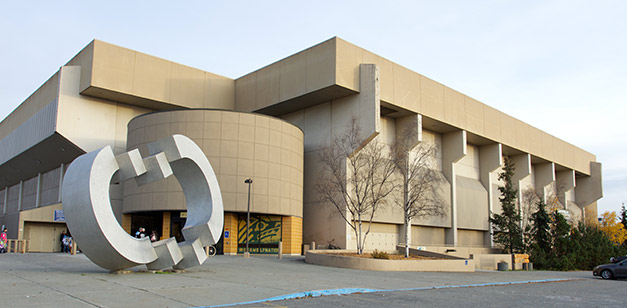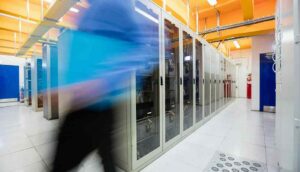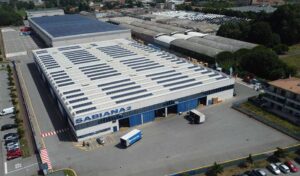CO2 is the link to “greener” rinks
11th November 2015USA: The Alaska Aces professional ice hockey team is skating on “greener” ice this season after becoming the second rink in the USA to install a carbon-dioxide-based refrigeration system.
The first CO2 ice ink was installed earlier this year at the McDonald Center, also in Anchorage Alaska. In both cases the equipment installed was Hillphoenix’s Advansor CO2 Booster System.
The Alaska Aces’ Sullivan Arena, opened in 1983, was struggling with its original HFC-based refrigeration system which had exceeded its 20-year life expectancy. A number of repairs had been made in recent years to keep the system operating, one of the most serious problems being corrosion to the underfloor refrigerant pipes.
Anchorage’s early adoption of CO2 was a well-studied decision. The city’s Parks & Recreation spent a year considering options before opting for CO2 for its ice rinks.
In addition to the new ice-making plant, the state grant-funded $9m refurbishment of the Sullivan Arena included a new floor, seats, new digital advertising boards surrounding the rink and new Plexiglass.
City officials say the decision to move to “greener” ice not only saves money, but also greatly reduces time spent on maintenance and regulatory compliance associated with their old, HFC-based refrigeration systems. Anchorage plans to upgrade two more ice rinks to CO2 over the next few months.
“The Ben Boeke Arena is the next Anchorage ice rink conversion, and we are in the design phase for several other 2016 projects in the lower 48 states that will use our Advansor CO2 Booster System,” said Tim Henderson, industrial programme manager for Hillphoenix. “The story of success in Anchorage continues to draw interest in this proven technology.”









